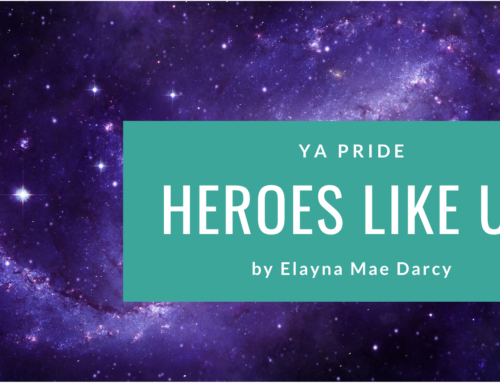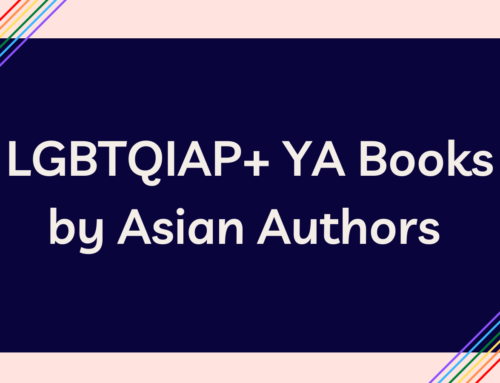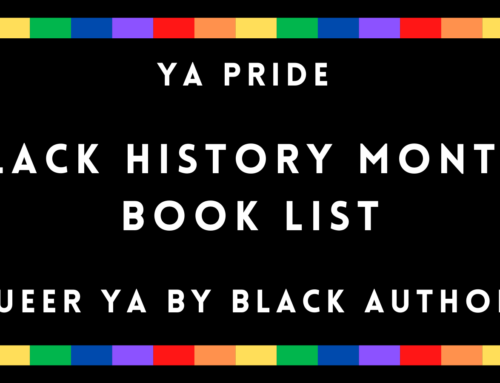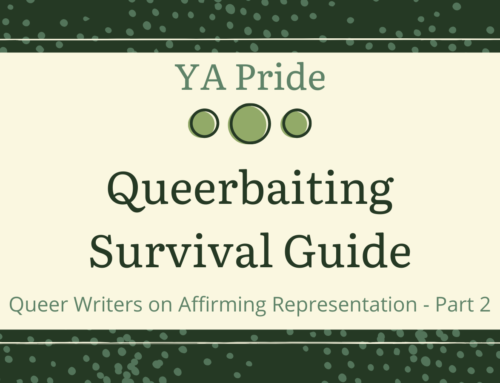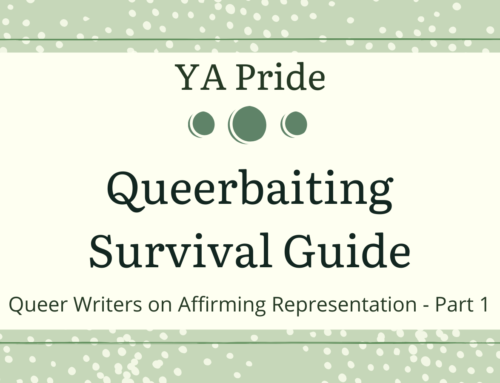by: Shaun Hutchinson
Books have come a long way when it comes to gay characters. About A year ago I read John Donovan’s book, I’ll Get There. It Better Be Worth the Trip. Written in 1969, it was one of the first, if not the first young adult book to deal with the issue of homosexuality. When I finished, I found myself underwhelmed. I’d expected more. The themes were danced around but never addressed. I’m not even sure if they used the word “gay” at all. But I tried to put it into context, imagining how a kid in 1969 might have reacted. Back then, gay characters were not taken seriously. They were a punch line. However, Donovan’s book, for all its subtlety, was groundbreaking for how honestly it treated its characters.
I’ve read quite a few books that deal with gay themes. J.H. Trumble’s Don’t Let Me Go, Emily Horner’s A Love Story Starring My Dead Best Friend, A.S. King’s Ask the Passengers, Christopher Rice’s A Density of Souls. There are a ton more, more than I can list. The thing most of them have in common is that they’re about being gay, meaning the plots featuring gay characters could only happen to those gay characters. If they weren’t gay, there would be no conflict and no story.
I’m not saying these types of books aren’t necessary. Ask the Passengers is one of my favorite books of all time, and gay readers deserve characters that they can relate to. While straight readers can sympathize with a character who comes out, only gay readers can fully understand the terror of coming out, of the sleepless nights spent wondering if it will make their parents stop loving them. We will always need these stories, but they’re not the only stories to tell. Gay characters should also be allowed to simply…be. To have stories that are universal, that every reader can relate to.
When I was writing FML, I knew that Ben and Coop were going to be Simon’s best friends. I knew from the beginning that they were going to be a couple and in love. Ben is crazy and Coop is rational and together they compliment each other perfectly. However, I didn’t want them to just be sideline characters. I didn’t want stereotypes. From the moment I began writing them, I knew that they were special and deserved better.
It would have been easy and recognizable to write a “gay couple bullied at a party” storyline and show them overcoming that obstacle. I could have written that honestly and passionately since I know plenty of gay folk who have been there. But I wanted readers to see a fully-functioning gay couple who were accepted and liked and didn’t have any gay angst. It’s important to me for both gay and straight teens to see that being gay doesn’t have to make your entire life about being gay. I wanted to show readers a couple just like any other couple. I also wanted to make the conflict in their story something to which everyone—gay, straight, or in between—could relate. That’s why their story is about the first time they have sex.
The set up is this: It’s the party of a lifetime. Simon is convinced he’s going to tell the girl he’s loved for years how he feels about her at this party, which happens to be a barter party. As Simon is doing this, Ben and Coop have decided that this is the night they’re finally going to do it. But, of course, nothing goes as planned, and they both begin to examine their relationship, what it means to be together, and whether they’re even ready to take the plunge.
The greatest thing in the world is that I doubt I would have been able to publish this five years ago, despite the fact that the theme of two young people losing their virginity has been the source of movie comedy for as long as I can remember. The only difference between every John Hughes geek ever written for the screen and Ben and Coop is that Ben and Coop are gay. But the exploration of what it means to be ready for sex, and how it can change a relationship are ideas that every single young person on the planet can relate to.
When I was writing Ben and Coop, I didn’t feel like I was writing a gay story about gay characters. I felt like I was writing something universal. Ben and Coop’s fears are every kid’s fears. Gay, straight, bi, queer, transgendered, girl, guy, we’re all afraid of the same things. Ben and Coop could be Betty and Coop or Betty and Kate. It wouldn’t matter. They’d still be in love and they’d still be trying to figure out whether they’re ready for sex and what it might mean if they’re not. To me, the biggest victory is that I can write stories about gay characters that aren’t about them being gay.
Almost 45 years after Donovan wrote I’ll Get There. It Better Be Worth the Wait, we’ve come a long way. We can have gay characters in stories without having to resort to coded language to describe their feelings. We can have books about gay teens dealing with gay issues that gay readers can identify with. Or we can have two gay guys in a book have problems that have nothing at all to do with being gay. I think Donovan would have approved.
